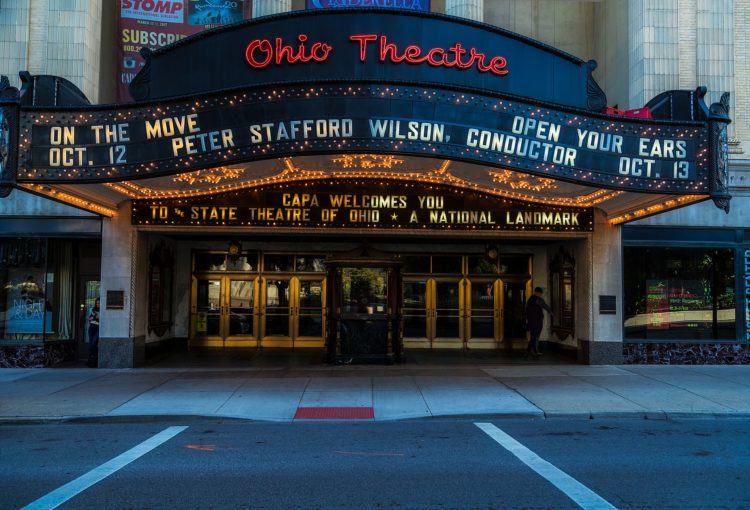In the era of global streaming, television and film now reach people worldwide. Translation, therefore, has become and important feature of finding international success. This article is going to explore just this: translating TV and film. Getting it wrong can restrict the success of films or TV shows, whereas an effective translation can aid with spreading it to an international audience.
Dubbing or Subtitles?
The choice between dubbing and subtitles can be a difficult one. Some countries are more open to subtitled films than others. Dubbing makes for easier watching, as you don’t have to concentrate on reading the subtitles. However, the dubbed vocals will never be quite as good as those performed by the original actor. Furthermore, it can be more expensive, due to the costs of hiring a voice acting team as well as translating the script. It’s also a fine art to master, as the actor’s lips need to move in roughly the same time as the narrators.
Subtitling, on the other hand, preserves the quality of the original acting, as well as being the cheaper option. However, it is the unpopular option with some audiences, as it is seen as more effort to watch. Subtitling, too, is a difficult art. There can only be a maximum of two lines on the screen at any time, and each line cannot have more than 37 characters. The subtitles need to match the speed of the show, whilst not exceeding the pace of the average reading speed.
Titles
Next up, when translating TV and film, is the title. Often, a literal translation will not make sense, and sounds off. However, you want to maintain the essence of the show. Some carry literal translations which work, such as “Game of Thrones” into ‘Juego de Tronos’. The 2007 classic “No Country for Old Men” is translated into “Sin Lugar para Los Débiles” in Southern America, retaining much of the original but modifying slightly in the new language. Some, however, completely change- such as the rampantly popular “La Casa de Papel” being translated into the far less inspiring or interesting “Money Heist”.
A key feature of this is ‘localization’– making something sound natural in the target language. A good example of this is the translation of the cartoon “Cloudy with a Chance of Meatballs”. In Israel, meatballs are not a food that the people can relate to. To avoid this putting off Israeli audiences, it was translated into “It’s Raining Falafel”. They need to make sense locally!
Character Names
The translation of character names depends heavily upon the intention of the translation. If the goal is to maintain the feel of the original atmosphere, then the names are left the same. However, if they’re trying to make the characters more appealing or relatable, then often the names are changed. Sometimes, names are changed to make them more pronounceable. Others, where they just think that the name will resonate better if it is changed. For example, Harry Potter’s Albus Dumbledore, in its Italian translation, is called Albus Silente. If you’d like to find more examples of where characters have been translated, we recommend this Babbel article.
We hope that you found this article on translating TV and film interesting. At iTrad Traducciones, our sworn translators are experts in a wide variety of fields. If you’d like to look in to the services that we offer, then don’t hesitate to get in touch at info@itrad.es!






